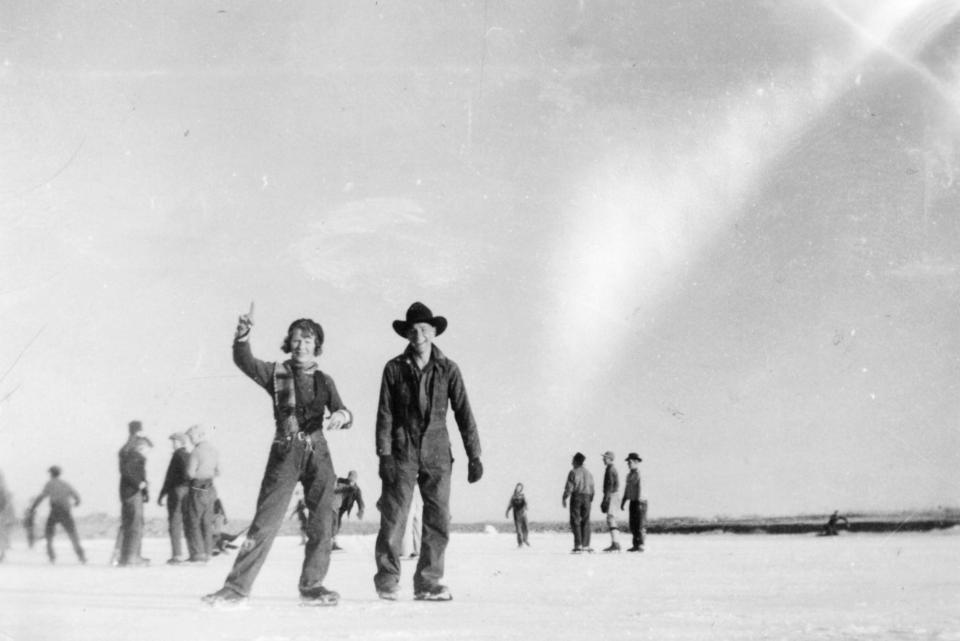Judging History
On Monday, May 1 in Laramie we were fortunate to have a chance to judge at Wyoming History Day. More than a hundred students from a dozen or so Wyoming schools participated; 42 of them will take their projects to compete at National History Day at the University of Maryland in College Park, Md., just north of Washington, D.C., in June.

We were joined in judging the website categories by one representative each of the Albany County Historical Society, Wyoming State Archives and the American Heritage Center, which, with the Wyoming Historical Society, is the main sponsor and administrator of the program. Categories were junior group, junior individual, senior group and senior individual. Juniors are grades 6-8, seniors, 9-12. We reviewed the seven entries, and then the judging ran all morning. The four of us were in a separate room in the University of Wyoming’s Union, where we could see the websites projected on a big screen while the students, at 20 minutes per entry, explained and answered questions. There was room behind us for friends and family to watch.
We’d been instructed that we were to judge only the products—websites in our case—and not the students’ presentations about them, that the kids were there only to answer any questions we might have. That was a hard rule to follow, as the kids were so shined up and eager, and they had all worked so hard.
Judges of the other categories—exhibits, documentaries, performances and a historical paper—met with students in a ballroom and other smaller rooms off a large, buzzing open space where kids, families and a few teachers talked and socialized. When the presentations were over, we four judges had to reach consensus to rank the projects, and then fill out individual evaluation forms for each one. The theme this year was “Frontiers in History.” Website topics included the Oregon Trail and a couple of its later preservation-minded promoters, the Cuban missile crisis, John C. Fremont, the Whiskey Rebellion, the La Raza Unida movement of the 1970s, Lewis and Clark and Temple Grandin.
In addition to the rankings, Wyoming History Day and the Historical Society also make about $12,000 in special prizes and scholarships available to students, spread over 14 awards, many of them named for people familiar to Wyoming history buffs: Jim Gatchell, Caroline Lockhart, Sissy Goodwin, Clara Jensen and Mark Greene, for example. And again, as in recent years, the contest was dominated by students from some pretty small schools and only a few larger ones around Wyoming: Greybull, Wheatland, Shoshoni, Upton, Buffalo, Pinedale, Cody, Lander and Jackson—and one winner from Kelly Walsh High School in Casper. The award ceremony came late in the afternoon.
This was Wyoming’s 43rd History Day and the second in-person event since Covid forced the program to be run entirely virtually in 2020 and 2021.
Kelly Walsh social studies teacher Bryce Mittelstadt did a great job as this year’s HD coordinator —no glitches, smooth running all day. For this year’s results, click here. Bookmark this link for ongoing news about Wyoming History Day and information starting next fall on the 2024 contest and theme. And see below for links to a couple of WyoHistory.org topics the websites covered, too.
Marking The Past: A History Of Wyoming’s Historical Markers
Crossing Wyoming: Kit Carson And A Changing West
